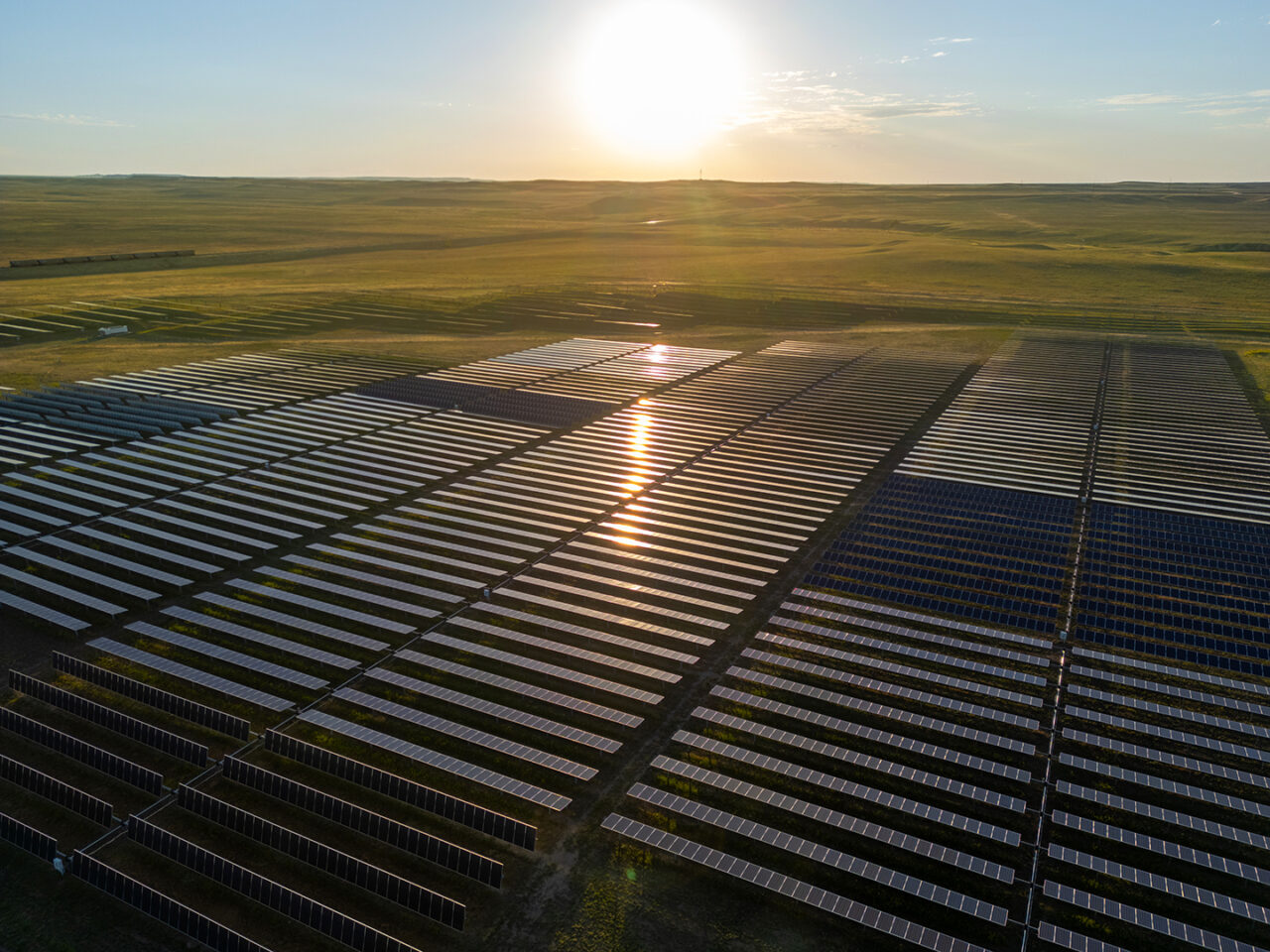Wholesale power provider one step closer to achieving a noncarbon energy future
Platte River Power Authority’s board of directors approved the utility’s 2024 Integrated Resource Plan (IRP) on July 25, including the recommended “optimal new carbon” portfolio that adds 760 megawatts of new renewable energy projects between now and 2030.
“We’ve heard from numerous community members throughout this process, and I appreciate how transparent Platte River continues to be about how they’re solving this challenge,” says Kevin Gertig, Platte River board chair and director of Loveland Water and Power. “The Resource Diversification Policy mandates that we maintain Platte River’s foundational pillars—reliability, environmental responsibility and financial sustainability—throughout this energy transition, and we have a responsibility to the citizens of the four owner communities to do just that.”
The 2024 IRP is part of an ongoing resource planning process that Platte River conducts to identify the energy resources needed to meet the electricity demand of Estes Park, Fort Collins, Longmont and Loveland over the next five to 20 years. In 2020, Platte River filed the first IRP since the board adopted a Resource Diversification Policy that directs Platte River’s CEO to proactively work toward the goal of achieving a 100-percent noncarbon energy mix by 2030, provided the three foundational pillars can be maintained. The COVID-19 pandemic impacted the assumptions that framed the 2020 IRP recommendation and prompted Platte River to refresh the plan in 2022 to better understand these impacts.
The 2020 IRP, the refresh in 2022 and results from thousands of hours of evaluating, analyzing and modeling scenarios for the 2024 IRP reaffirm the need for dispatchable capacity to support a highly renewable energy portfolio during extreme weather events and dark calms, or periods of no sun and wind.
The additional 760 megawatts of renewable energy proposed in the optimal new carbon portfolio will require a three-pronged approach to dispatchable capacity: building out a virtual power plant with the owner communities, implementing both short and long-term energy storage when commercially viable and using the lowest carbon-emitting combustion turbine technology that is hydrogen capable to support reliability while providing a path for deeper decarbonization.
“While some community members question the need for new gas turbines, every portfolio we’ve modeled that meets the requirements of our three foundational pillars adds renewable resources and aeroderivative units,” says Jason Frisbie, general manager and CEO of Platte River. “We are not alone in this conclusion; other utilities with similar decarbonization goals in Colorado and throughout the country are arriving at the same conclusion.”
Though work is already underway to build a virtual power plant, modeling and data from consultants estimate it will take close to a decade to develop a fully functional resource. While short-duration battery storage helps manage some intermittency of wind and solar resources, long-duration battery storage shows greater promise to support these renewable resources for several days at a time. Unfortunately, this technology will not be commercially available at scale until after 2030. Modeling from the 2024 IRP solves the reliability and financial responsibility requirements by installing aeroderivative gas units as the preferred option to meet state policy goals and achieve a deep level of decarbonization by 2030.
“Since 2018, the goal has been to proactively work toward a 100-percent noncarbon energy mix by 2030,” Frisbie adds. “This year we produced a plan that gets us the majority of the way there, and we will continue our pursuit of a noncarbon energy future.”

